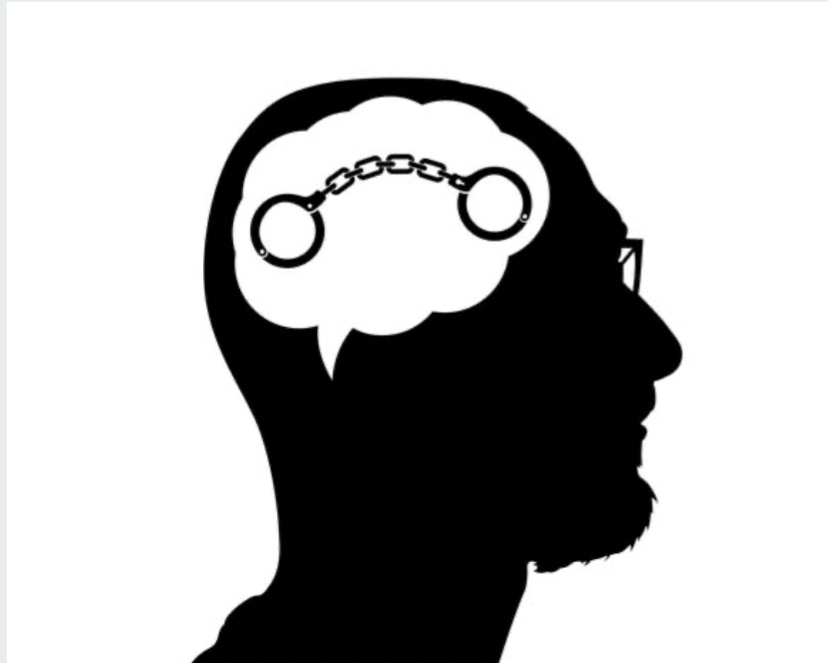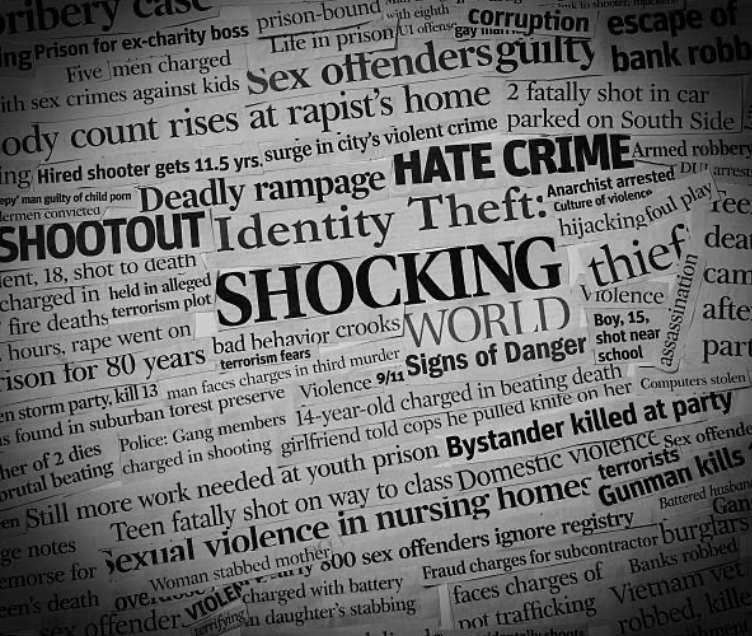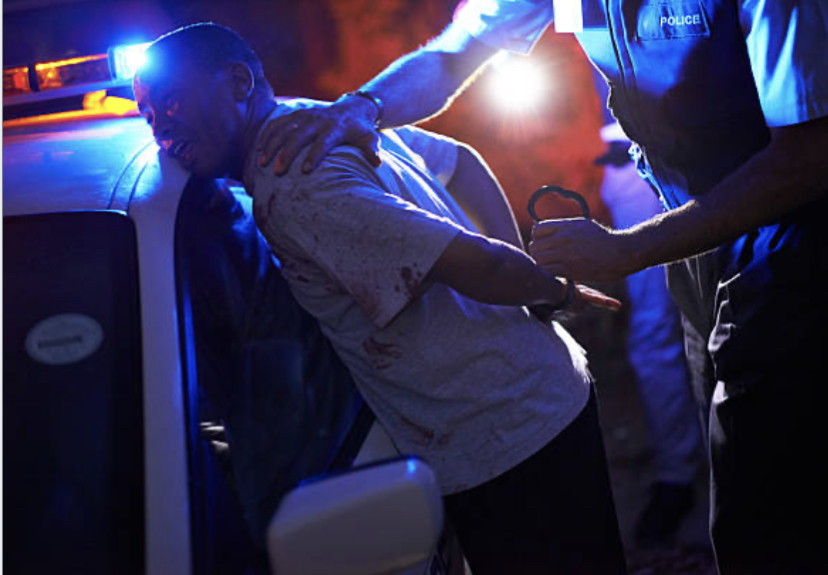The Concept of Rational Choice in Criminal Behavior


Introduction
The concept of rational choice in criminal behavior is based on the idea that individuals make decisions to engage in criminal activities after weighing the potential costs and benefits. According to this perspective, criminals are seen as rational actors who make calculated choices based on their self-interests. In this article, we will delve into the rational choice in criminal behavior, exploring its fundamentals.
According to the rational choice approach, law-violating behavior occurs when an offender decides to risk breaking the law after considering both personal factors (such as the need for money, revenge, thrills, and entertainment) and situational factors (how well a target is protected and the efficiency of the local police force). Before choosing to commit a crime, the reasoning criminal evaluates the risk of apprehension, the seriousness of expected punishment, the potential value of the criminal enterprise, and his or her immediate need for criminal gain. Conversely, the decision to forgo crime may be based on the criminal’s perception that the economic benefits are no longer there or that the risk of apprehension is too great.
Criminals are people who share the same ambitions as conventional citizens but have decided to cut corners and use illegal means to achieve their goals. Many criminal offenders retain conventional societal values of striving for success, material attainment, and hard work.
Offense and Offender-Specific Crimes
Rational choice theorists view crime as both offense and offender-specific. An offense-specific crime means that offenders react selectively to the characteristics of particular offenses. The decision of whether to commit burglary, for example, might involve evaluating the target’s likely cash yield, the availability of resources such as a getaway car, and the probability of capture by police. An offender-specific crime means that criminals are not simply automatons who for one reason or another engage in random acts of antisocial behavior. Before deciding to commit a crime, individuals must decide whether they have the prerequisites to commit a successful criminal act, including the proper skills, motives, needs, and fears. Criminal acts might be ruled out if potential offenders perceive that they can reach a desired personal goal through legitimate means or if they are too afraid of getting caught.
Note, the distinction made here between crime and criminality. Crime is an event; criminality is a personal trait. Professional criminals do not commit crimes all the time, and even ordinary citizens may, on occasion, violate the law. What conditions promote crime and enhance criminality?
Structuring Criminality
Several personal factors condition people to choose crime. Among the more important factors are economic opportunity, learning and experience, and knowledge of criminal techniques.
Economic Opportunity
Perceptions of economic opportunity influence the decision to commit a crime. Increases in criminal activity may flow from economic necessity. For example, Christopher Uggen and Melissa Thompson found that people who begin taking hard drugs also increase their involvement in crime. Once they become cocaine and heroin users, the benefits of criminal enterprise become overwhelmingly attractive.
Crime also becomes attractive when an individual becomes convinced that it will result in excessive profits with few costs. Research shows that criminals may be motivated to commit crimes when they know others who have made “big scores” and are quite successful at crime. Although the prevailing wisdom is that crime does not pay small but significant subset of criminals enjoy earnings of close to $50,000 per year from crime, and their success may help motivate other would-be offenders. However, offenders are likely to desist from crime if they believe that their future criminal earnings will be relatively low and that attractive and legal opportunities to generate income are available. In this sense, rational choice is a function of a person’s perception of conventional alternatives and opportunities.
Learning and Experience
Learning and experience may be important elements in structuring the choice of crime. Career criminals may learn the limitations of their powers; they know when to take a chance and when to be cautious. Experienced criminals may turn from a life of crime when they develop a belief that the risk of crime is greater than its potential profit. Their illegal activities are sometimes difficult to uncover by law enforcement agencies due to their experiences in committing that particular crime. For example, a drug dealer with experience may choose to sell drugs only to people he knows in order not to be detected by the police informant.
Knowledge of Criminal Techniques
Criminals report learning techniques that help them avoid detection, a sure sign of rational thinking and planning. In a study of drug dealers, criminologist Bruce Jacobs found that crack dealers learn how to stash crack cocaine in some undisclosed location so that they are not forced to carry large amounts of product on their persons. Dealers carefully evaluate the security of their sales area before setting up shop. Most consider the middle of a long block the best place for drug deals because they can see everything in both directions; police raids can be spotted before they develop. If a buyer seems dangerous or unreliable, the dealer would require that they do business in spaces between apartment buildings or in back lots.
Although dealers lose the tactical edge of being on a public street, they gain a measure of protection because their associates can watch over the deal and come to the rescue if the buyer tries to “pull something.” Jacobs, along with Jody Miller, studied female crack dealers, they discovered a variety of defensive moves used by the dealers to avoid detection. Criminals who learn the proper techniques may be able to prolong their criminal careers. Jacobs found that these offenders use specific techniques to avoid being apprehended by police. They play what they call the “peep game” before dealing drugs, scoping out the territory to make sure the turf is free from anything out of place that could be a potential threat (such as police officers or rival gang members).
Structuring Crime
Not only do criminals structure their careers, but they rationally choose where and when to commit crimes and whom to target. According to the rational choice approach, the decision to commit a crime is structured by analysis of the type of crime, the time and place of the crime, and the target of the crime.
Choosing the Type of Crime
Some criminals are specialists, for example, professional car thieves. Others are generalists who sell drugs one day and commit burglaries the next. Their choice of crime may be dictated by a rational analysis of market conditions. For example, they may rob the elderly on the first of the month when they know that checks have been cashed. Sometimes the choice of crime is structured by the immediacy of the need for funds. Eric Baumer and his associates found that cities with greater levels of crack cocaine often experience an increase in robbery and a corresponding decrease in burglary rates. Baumer reasons that crack users need a quick influx of cash to purchase drugs and are in no position to plan a burglary and take the time to sell their loot; street robberies are designed to provide a quick influx of cash that meets their lifestyle needs.
Choosing the Time and Place of Crime
There is evidence of rationality in the way criminals choose the time and place of their crimes. Burglars seem to prefer “working” between 9 A.M. and 11 A.M. and in mid-afternoon when parents are either working or dropping off or picking up kids at school. Burglars avoid Saturdays because most families are at home; Sunday morning during church hours is considered a prime time for weekend burglaries. Some find out which families have high school athletes because those who do are sure to be at the weekend game, leaving their houses unguarded.
Evidence of rational choice may also be found in the way criminals choose target locations. Thieves seem to avoid freestanding buildings because they can more easily be surrounded by police; they like to select targets that are known to do a primarily cash business, such as bars, supermarkets, and restaurants. Burglars appear to monitor car and pedestrian traffic and avoid selecting targets on heavily traveled streets. Corner homes, usually near traffic lights or stop signs, are the ones most likely to be burglarized: Stop signs give criminals a legitimate reason to stop their cars and look for an attractive target. Secluded homes, such as those surrounded by wooded areas, make suitable targets. Thieves also report being concerned about target convenience. They are more inclined to choose familiar burglary sites that are located in easily accessible and open areas.
Suitable Places
Because criminals often go on foot or use public transportation, they are unlikely to travel long distances to commit crimes and are more likely to drift toward the center of a city than move toward outlying areas. Some may occasionally commute to distant locations to commit crimes, but most prefer to stay in their neighborhood where they are familiar with the terrain. They may be encouraged to travel when the police are cracking down in their neighborhood and the heat is on. “Evidence is accumulating that predatory criminals are aware of law enforcement capabilities and consider them closely before deciding to commit crimes. Communities with the reputation of employing aggressive “crime-fighting” cops are less likely to attract potential offenders than areas perceived to have passive law enforcers.
Choosing the Target of Crime
Criminals may also be well aware of target vulnerability. For example, there is evidence that people engaging in deviant or antisocial behaviors are also the most likely to become crime victims. Perhaps predatory criminals sense that people with “dirty hands” make suitable targets because they are unlikely to want to call the police or get entangled with the law.
Criminals tend to shy away from victims who are perceived to be armed and potentially dangerous. In a series of interviews with career property offenders, Kenneth Tunnell found that burglars avoid targets if they feel there are police in the area or if “nosy neighbors” might be suspicious and cause trouble.
Conclusion
The concept of rational choice in criminal behavior provides a framework for understanding why individuals choose to engage in illegal activities and how interventions can be designed to deter criminal behavior. However, it is important to consider other factors that may influence criminal behavior to develop a comprehensive understanding of the causes and prevention of crime.




